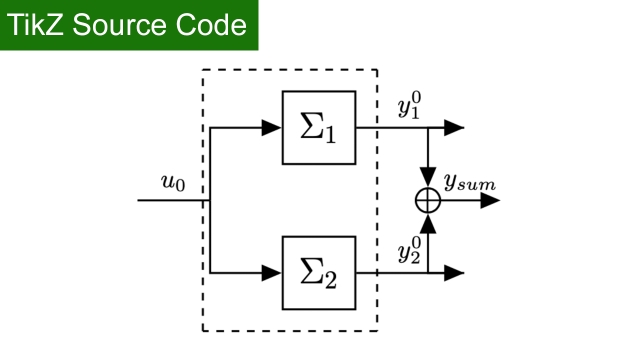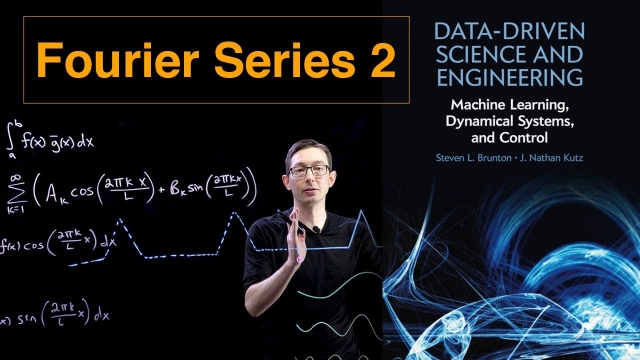
Solving the 2D Wave Equation
In this video, we solve the 2D wave equation. We utilize two successive separation of variables to solve this partial differential equation. Topics discuss...
See MoreSVD: Importance of Alignment [Python]
This video describes the importance of aligning data when using the singular value decomposition (SVD) (Python code).
See MoreTikZ source Code: Mobile Robot Wall
TikZ source Code: Mobile Robot Wall
See MoreMotivation for Full-State Estimation [Control Bootcamp]
This video discusses the need for full-state estimation. In particular, if we want to use full-state feedback (e.g., LQR), but only have limited measurements of the system, it is necessary...
See MoreLaplace domain – tutorial 5: Inverse Laplace transform
In this video, we cover inverse Laplace transform which enables us to travel back from Laplace to the time domain. We will learn how to use simple tricks alo...
See MoreControl Bootcamp: Loop Shaping Example for Cruise Control
This video demonstrates loop shaping on the cruise control model.
See MoreIMC PID Design of a Second Order Process
IMC PID Design of a Second Order Process
See MoreLecture 2: LTI Systems, Laplace Transform Review and Transfer Function
Frequency domain – tutorial 3: filtering (periodic signals)
In this video, we learn about filtering which enables us to manipulate the frequency content of a signal. A common filtering application is to preserve desi...
See MoreUnderstanding Model Predictive Control, Part 2: What is MPC?
Learn how model predictive control (MPC) works. Using a simple car example, this video provides insight into an MPC controller’s strategy for finding the optimal steering wheel angle to...
See MoreSecond Order Dynamics
A crash course overview on second order dynamics in the frequency domain, what the key parameters are, and why they matter.
See MorePID Control with Posicast Control 8 - ( In English )
This is the follow up of PID Control with Posicast ( Part II )
See MoreA Nonlinear, 6 DOF Dynamic Model of an Aircraft: the Research Civil Aircraft...
In this video we develop a dynamic model of an aircraft by describing forces and moments generated by aerodynamic, propulsion, and gravity that act on the ai...
See MoreFuzzy Logic, Part 3: Design and Applications of a Fuzzy Logic Controller
This video walks you through the process of designing a fuzzy inference system that can balance a pole on a cart. You can design a fuzzy logic controller using just experience and intuition...
See MoreRouth-Hurwitz Criterion, Beyond Stability
This video explains of few uses of the Routh-Hurwitz Criterion that go beyond simply determining how many poles exist in the right half plane. I cover how to determine gain margin and how...
See MoreControllability of a Linear System: The Controllability Matrix and the PBH T...
In this video we explore controllability of a linear system. We discuss two methods to test for controllability, the controllability matrix as well as the P...
See MorePeter Ponders PID - Simulation Methods, Which is Best?
Digital Twins
This lecture discusses the use of data-driven digital twins in advanced model-based design and engineering, and the related digital thread, which ties together the data throughout an entire...
See MoreLecture 23: Bode plots
Peter Ponders PID - System Identification Basics
Control Bootcamp: Benefits of Feedback on Cruise Control Example
Here we investigate the benefits of feedback for systems with uncertain dynamics and disturbances, as illustrated on a cruise control example.
See MoreTime Domain Analysis: Performance Metrics for a First Order System
In this video we introduce the concept of time domain analysis for dynamic systems. We examine a first order dynamic system and derive how various performan...
See MoreCayley-Hamilton Theorem [Control Bootcamp]
Here we describe the Cayley-Hamilton Theorem, which states that every square matrix satisfies its own characteristic equation. This is very useful to prove results related to...
See MoreFourier Series: Part 2
This video will show how to approximate a function with a Fourier series, which is an infinite sum of sines and cosines. We will discuss how these sines and cosines form a basis for the...
See More
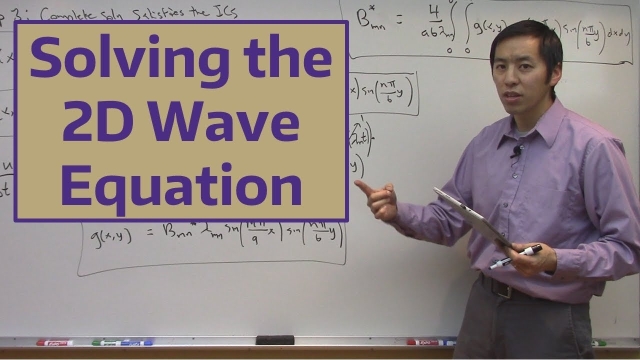
![SVD: Importance of Alignment [Python]](/sites/default/files/styles/search_resulkts/public/2020-12/maxresdefault_422.jpg?itok=Ix4uqD1g)

![Motivation for Full-State Estimation [Control Bootcamp] Motivation for Full-State Estimation [Control Bootcamp]](/sites/default/files/styles/search_resulkts/public/2020-12/maxresdefault_378.jpg?itok=AFDlS2AH)
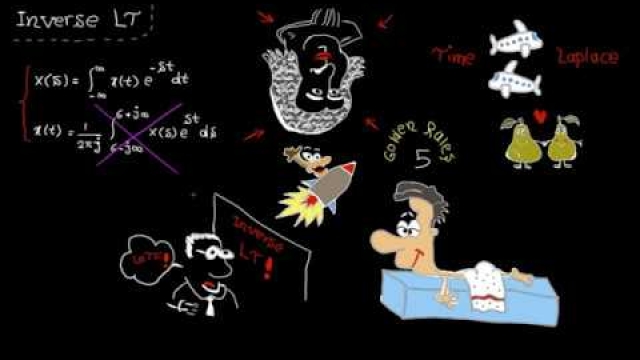
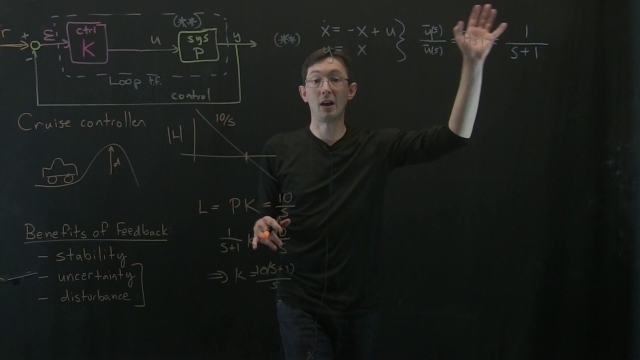
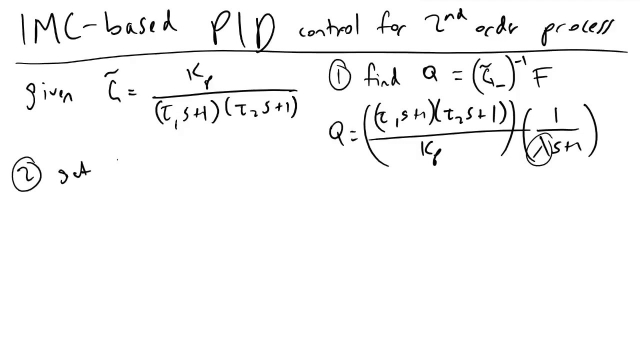

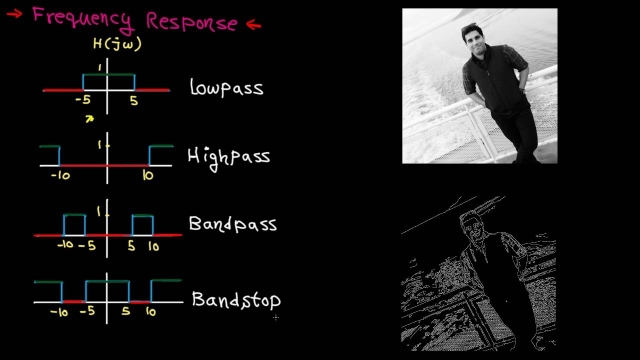
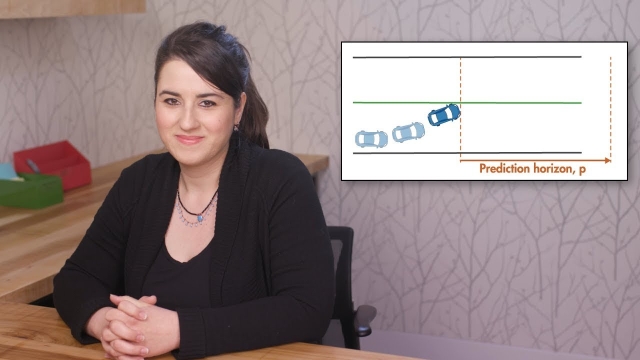
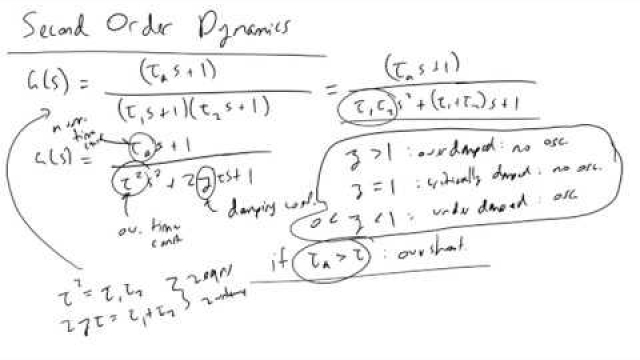
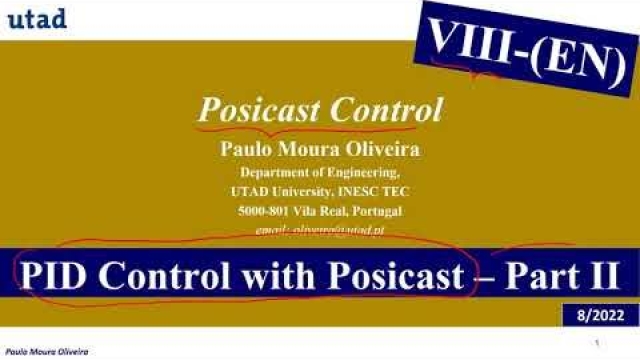
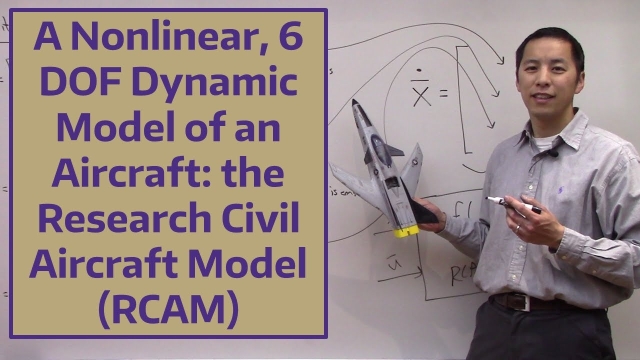


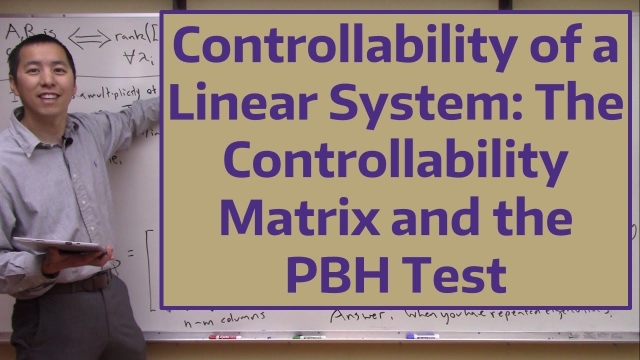
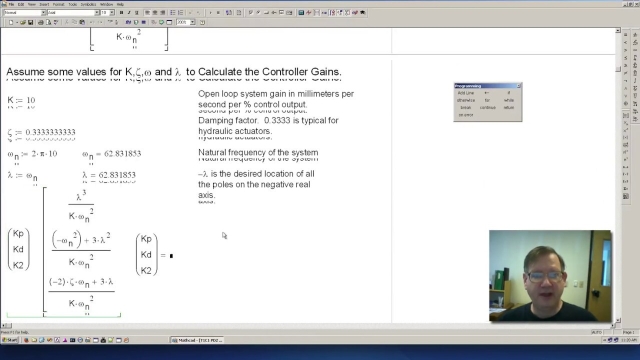
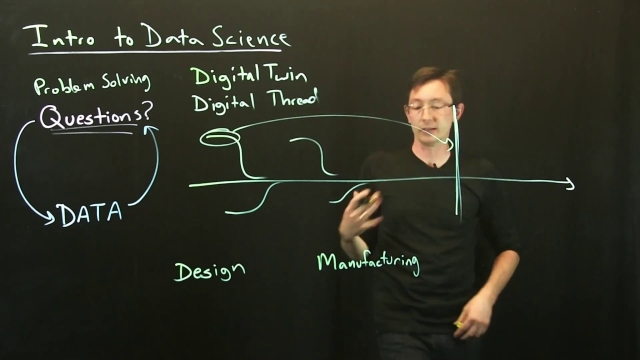

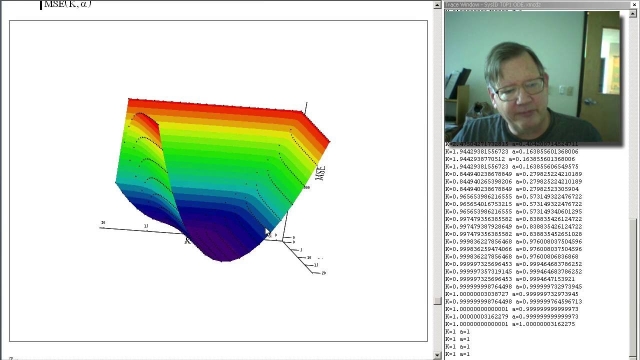
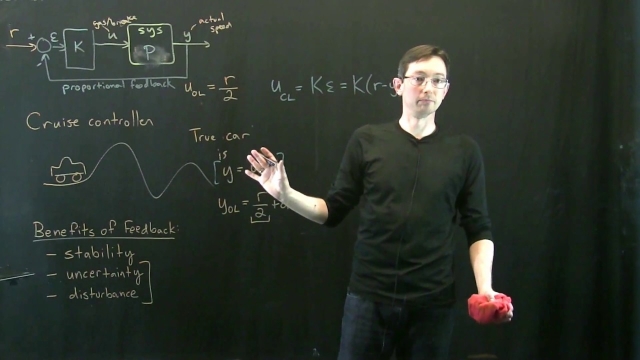
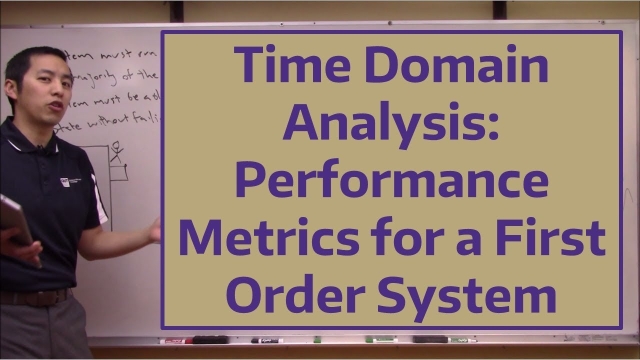
![Cayley-Hamilton Theorem [Control Bootcamp] Cayley-Hamilton Theorem [Control Bootcamp]](/sites/default/files/styles/search_resulkts/public/2020-12/maxresdefault_395.jpg?itok=Xi08rPqq)
